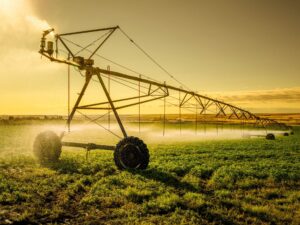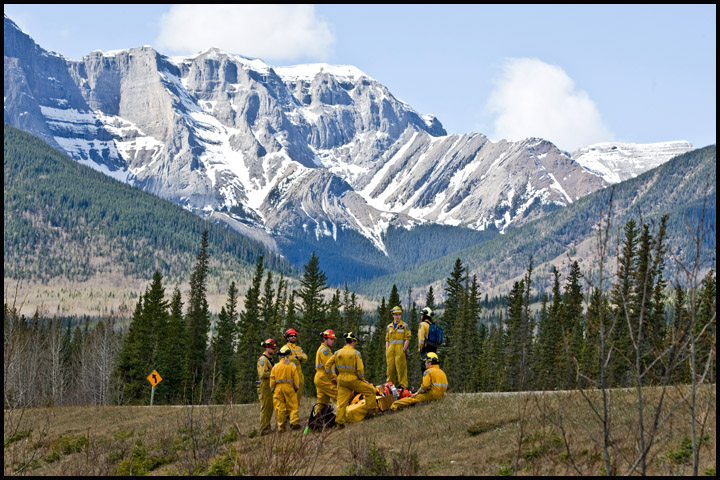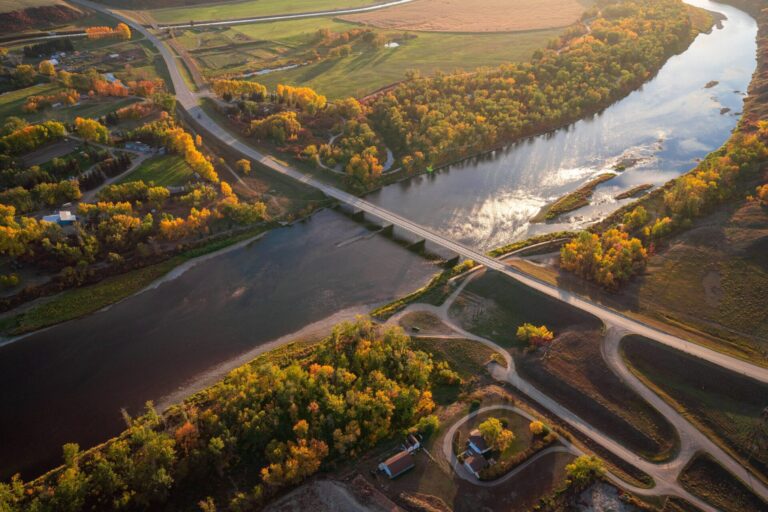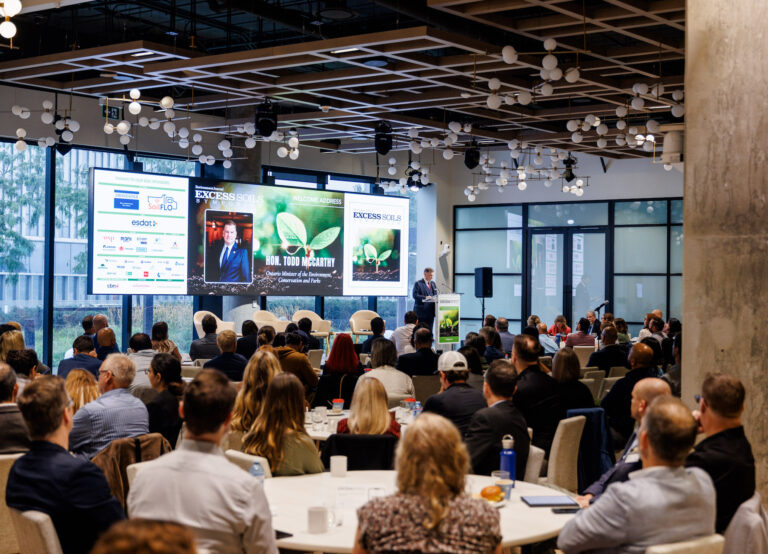Wednesday, October 8, 2025
By Jean-Michel Couture & Sajeev Mohankumar
In recent years, Canada’s agriculture sector has enjoyed relatively stable conditions. But like exposed topsoil in heavy rain, this foundation is eroding. The sector now faces unprecedented turbulence requiring a fundamental rethink of risk management.
Recent tariff threats from the United States mark only the latest shock, following China’s tariffs on Canadian canola and pork. These disruptions represent one dimension of the multifaceted risks confronting our agricultural system.
From relatively stable to risky business
This farm-to-fork system employs 2.3 million people (one in nine jobs) and generates $150 billion annually, approximately seven per cent of Canada’s GDP. With farm equity totaling nearly $788 billion and farm debt reaching $146 billion by late 2023, the sector’s financial importance is critical. Most of this capital is nature-based, with farmland accounting for 72 per cent of assets. This means risks to natural systems pose direct threats to the sector’s financial foundation.
The sector faces a dangerous convergence of economic risks and escalating climate and nature-related pressures. Traditional agricultural risk frameworks focusing on market volatility, weather variability, and policy uncertainty are no longer sufficient. We now confront environmental tipping points: thresholds beyond which natural systems cannot recover. According to S&P Global Chief Economist Paul Gruenwald: “There is no way back from a shock that leaves the stock of natural capital below the tipping point… beyond a certain threshold (the tipping point), the system is no longer able to self-repair or regenerate and totally degrades. The damage to the system is too large.”
This represents a fundamental shift in risk evaluation. Traditional financial models may dramatically underestimate real-world risks. Research now directly links declining productivity with natural capital erosion, highlighting the connection between environmental stewardship and economic performance.

New approaches for new challenges
These emerging threats require new decision-making tools. Globally, frameworks like Farm Animal Investment Risk & Return (FAIRR) climate and nature assessment support investors with evaluation tools that go beyond greenhouse gas emissions.
Domestically, Quebec’s Biodiversity Indicators for Investors and Nature Invest are pioneering approaches integrating natural capital into investment analysis. These tools recognize that while technological solutions matter, nature-based approaches offer substantial potential.
The recent Farm Animal Investment Risk & Return (FAIRR) report “Climate and Nature-Based Interventions in Livestock“ underscores this point. Despite their positive impacts across multiple planetary boundaries, nature-based interventions remain chronically underfunded, accounting for only 0.1 per cent and 0.2 per cent of public and private climate finance.
Capital flows often target technological interventions with incremental benefits instead of nature-based solutions that could drive transformative progress. This creates a “lock-in effect” where intensive production continues at the cost of long-term resilience.
The role of the financial sector
Financial institutions have begun acknowledging climate and nature-related risks, but more ambitious action is needed. Many are retreating from climate commitments when bold leadership is most necessary–as the Canadian Agri-Food Policy Institute’s risk assessment shows increasing exposure to climate disruptions.
The February 2025 CAPI Ag Policy Brief shows most farmers see 2025 as riskier than previous years. Agriculture and Food Canada projects a 15 per cent decline in Net Cash Income, erasing recent gains.
“The time for half-measures is over. Canadian agriculture stands at a critical juncture: trade tensions, climate disruptions, and natural capital depletion threaten its foundation.”
The financial sector must embrace a comprehensive view accounting for interdependencies between climate, nature, and economic systems. This means understanding systemic risks beyond narrow financial materiality and sending clear signals that sustainability is a fundamental business imperative.
The sector can lead in promoting initiatives to finance nature-based solutions, helping redistribute the risk and upfront costs farmers face. Examples include green bonds, active ownership, natural capital funds, and payment for ecosystem services.
Time for decisive action
The time for half-measures is over. Canadian agriculture stands at a critical juncture: trade tensions, climate disruptions, and natural capital depletion threaten its foundation.
We must invest in approaches that strengthen resilience while regenerating natural systems. This means directing capital toward nature-based solutions, developing sophisticated risk frameworks, and creating incentives for long-term sustainability.
Canadian farmers have repeatedly demonstrated adaptability and innovation. But they cannot navigate this new risk landscape alone. They need financial institutions, policymakers, and supply chain partners to provide coherent, science-based support.
If we fail to act decisively, the costs will be measured not just in dollars but in irreversible degradation of the natural systems our agricultural economy depends on.
The choice is clear: continue with a business model that undermines its foundation or embrace a vision aligning economic prosperity with ecological stewardship. The future of Canadian agriculture depends on choices made during this time of great consequence.


Jean-Michel Couture is Economist & President at Groupe AGÉCO and Sajeev Mohankumar, PhD is Senior Technical Specialist, Climate and Nature at FAIRR.
To view a video on Sustainable Livestock Transformation for a Better Environment, click here.
To read this article in its original version as the “Last Word” column, click here.












